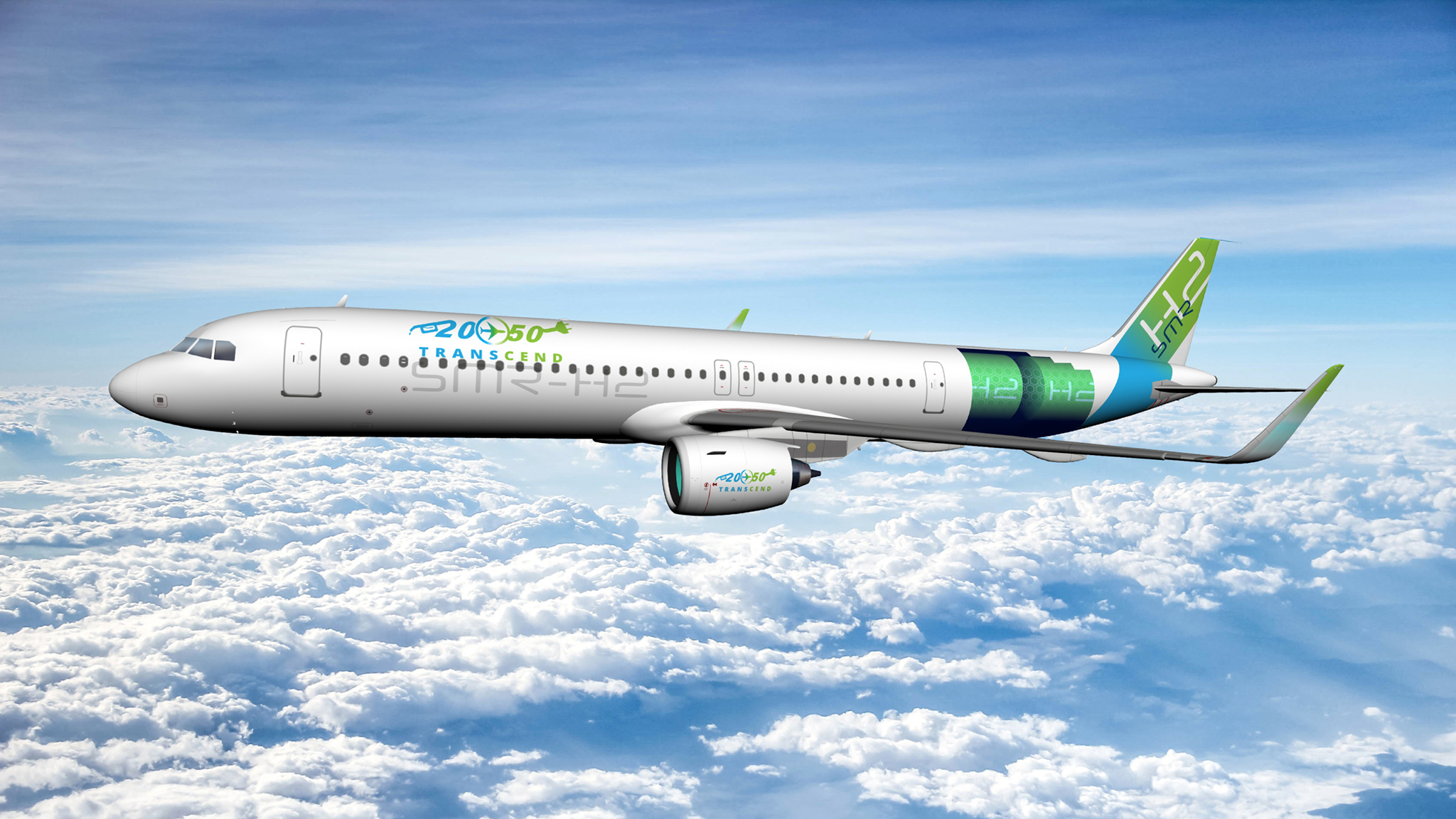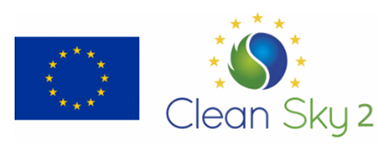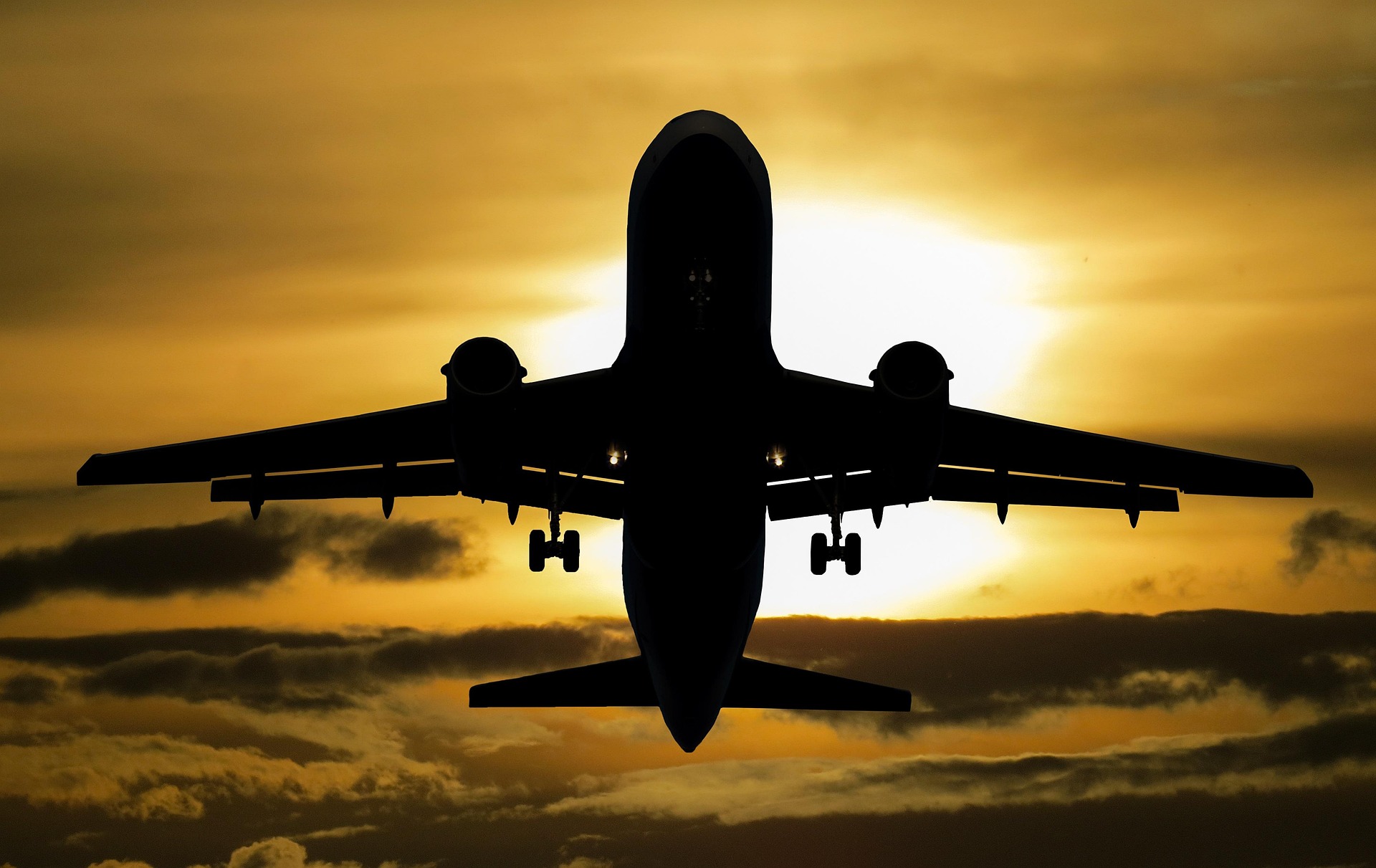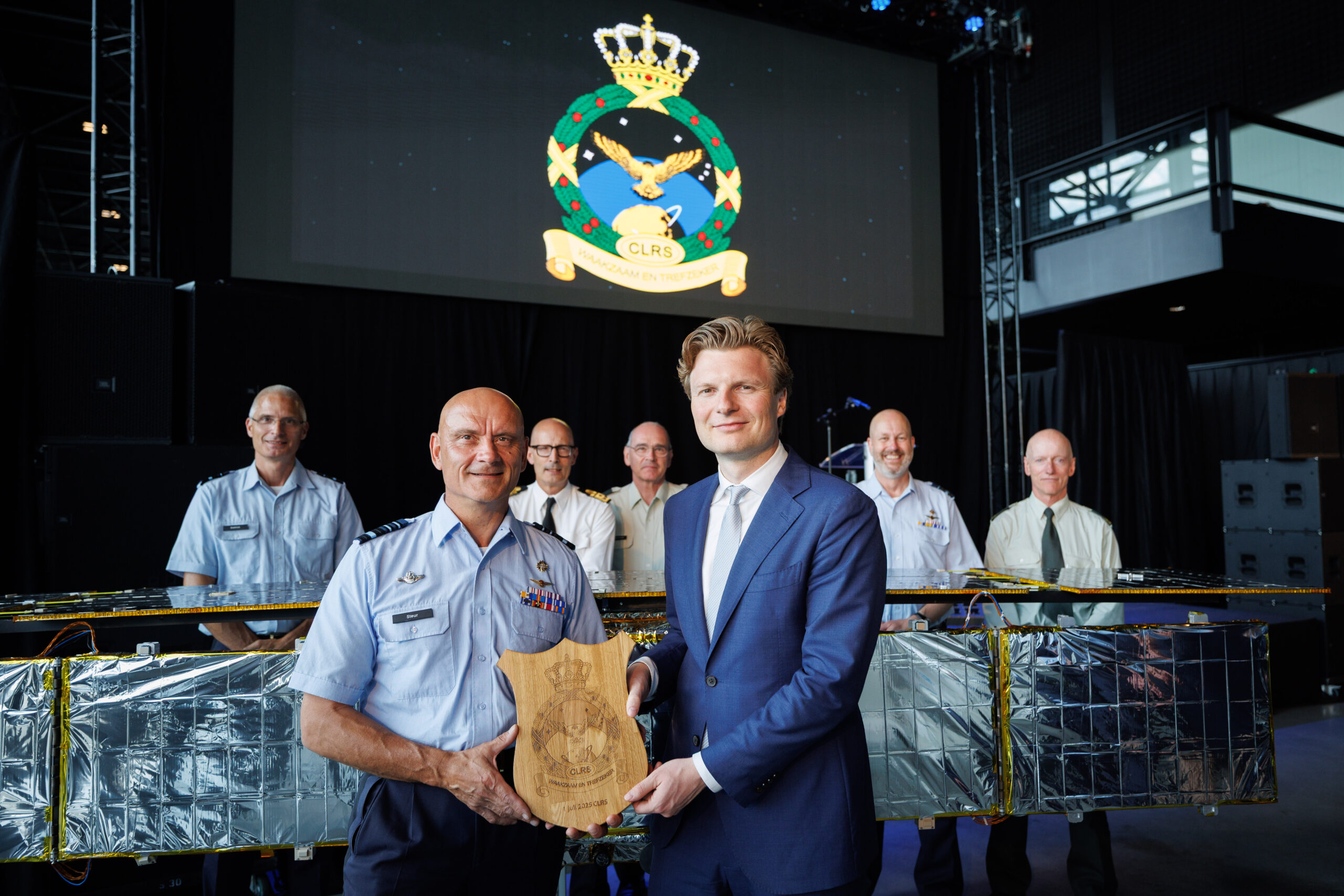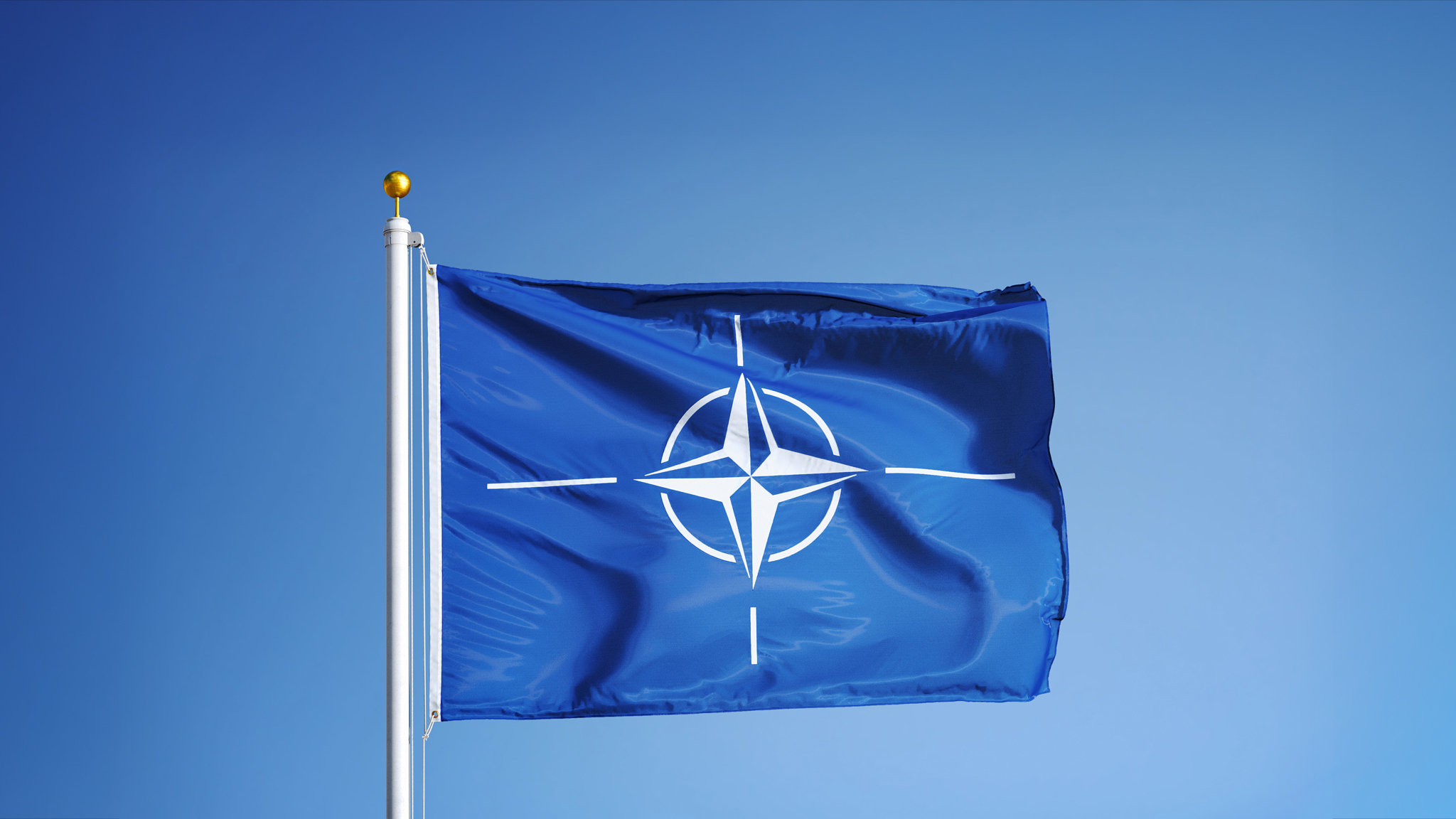Limited availability of European feedstocks required for producing sustainable aviation fuels is standing in the way of meeting medium and long-term uptake targets proposed by the European Commission. “Although we’ve found that feedstock availability is sufficient to meet the targets up to 2030, we have identified a substantial and increasing gap between supply and projected demand from 2035 onwards,” says Johan Kos, project manager and lead author of the study. These conclusions hold for two situations evaluated in the study. In one such situation, aircraft powered by green hydrogen are being operated from 2035 on short and medium-haul flights. In the other situation, such aircraft do not enter service, and additional SAF-powered aircraft are used instead.
Potential of new aircraft
The study is called TRANSCEND and has been carried out within the Technology Evaluator of the European Clean Sky 2 research programme and NLR’s Climate-Neutral Aviation programme, in collaboration with TU Delft. TRANSCEND, which started in 2019 and recently concluded, investigated novel propulsion technologies and alternative fuels for aviation through to 2050, as potential key contributors to climate-neutral aviation. The study introduced hydrogen-powered aircraft in the segments for up to 300 passengers on flights of up to approximately 3700 kilometres. By 2050, this introduction has the potential to reduce global aviation in-flight CO2 emissions by 16 to 20% compared to the situation of only SAF-powered aircraft in the same traffic scenario. Total well-to-wake energy use and fuel costs for airlines would also be lower with hydrogen-powered aircraft than in the situation with only SAF-powered aircraft.
Climate effects other than CO2 emissions, such as the impact of water vapour and soot, were not studied. “The full contribution to global warming is significantly higher than just CO2 emissions alone,” says Herma LAAMA-De Walle, the programme manager for Climate-Neutral Aviation. “We therefore recommend that such studies are conducted in the near future,” adds Kos, “to make a more comprehensive assessment of the potential contribution of hydrogen-powered aviation and SAF to climate-neutral air travel.”
Well-to-wake energy
Well-to-wake energy is total amount of energy required for the operation of a flight, including the energy required for fuel production.
“It’s crucial to identify any mismatches between supply and demand well in advance” – Johan Kos, project manager TRANSCEND
Efficiency improvements through innovative aircraft technology modelled in the situations with and without hydrogen-powered aircraft were kept identical to allow a fair comparison. Efficiency improvements are to be realised by advances in both aircraft and engine technology, requiring research and development effort from the aerospace industry. Moreover, authorities should put the necessary regulations in place to certify and use hydrogen-powered aircraft in commercial operation. “Given the need for regulatory certainty and aircraft and infrastructure development timelines, this needs to be completed within the next five years,” stresses Kos.
In the aforementioned cases studied by TRANSCEND, net CO2 equivalent emissions will be reduced by only 40% in 2050. This is compared to a reference scenario that does include efficiency improvements through innovative aircraft and propulsion technology, but considers these aircraft to be solely powered by fossil kerosene.
Balance between supply and demand
In view of the shortage in European feedstock for the production and supply of SAF, TRANSCEND recommends that policymakers and industry parties should ensure a sufficient supply of sustainable biomass, waste and renewable electricity to be used as feedstocks for producing green hydrogen and SAF. Furthermore, the researchers explicitly suggest that policymakers, universities and research centres should periodically monitor and reassess certain key variables that influence the balance between supply and demand. “Examples would be the energy efficiency of future aircraft, traffic development and associated fuel demand, availability of sustainable bio-feedstocks and waste feedstocks and renewable electricity, and green hydrogen and SAF production facilities,” says Kos. “As scaling up the feedstock and fuel production can’t be done from one day to the next, it’s crucial to identify any mismatches between supply and demand well in advance, so that they can be acted upon in good time to safeguard aviation’s contribution to climate neutrality.”
The final report of TRANSCEND, including nine strategic recommendations, is available for download. Published reports and papers can be accessed through the project’s website.
TRANSCEND studied multiple scenarios with respect to the share of total feedstock available for use by the aviation sector. The figures and conclusions presented in this text hold for a 10% share for aviation (or alternatively 90% for competing uses). In the modelling, novel aircraft and propulsion technology – as developed and assessed in the European Clean Sky 2 programme – was introduced on aircraft entering the market from 2030. Hydrogen-powered aircraft were modelled based on state-of-the-art knowledge and feedback from an expert workshop. These aircraft were modelled as being introduced on the market from 2035 for aircraft up to 300 seats on flights up to 3700 km. Alternative fuel demand (i.e. green hydrogen and SAF) was determined for flights departing from airports in the EU and UK as in the traffic scenarios used for the first assessment by the Clean Sky 2 Technology Evaluator. Supply estimates were based on the anticipated availability of feedstock in those countries, with limited imports from neighbouring regions. For sustainable bio-based or waste-based SAF, feedstocks and production routes were selected to maximise the lifecycle CO2 equivalent reductions, resulting in predominant use of the Fischer-Tropsch process. Synthetic SAF was modelled as being produced using the green hydrogen remaining after use by hydrogen-powered aircraft.
This project has received funding from the Clean Sky 2 Joint Undertaking (JU) under grant agreement No 864089. The JU receives support from the European Union’s Horizon 2020 research and innovation programme and the Clean Sky 2 JU members other than the Union.
This report reflects only the author’s view and the JU is not responsible for any use that may be made of the information it contains.
